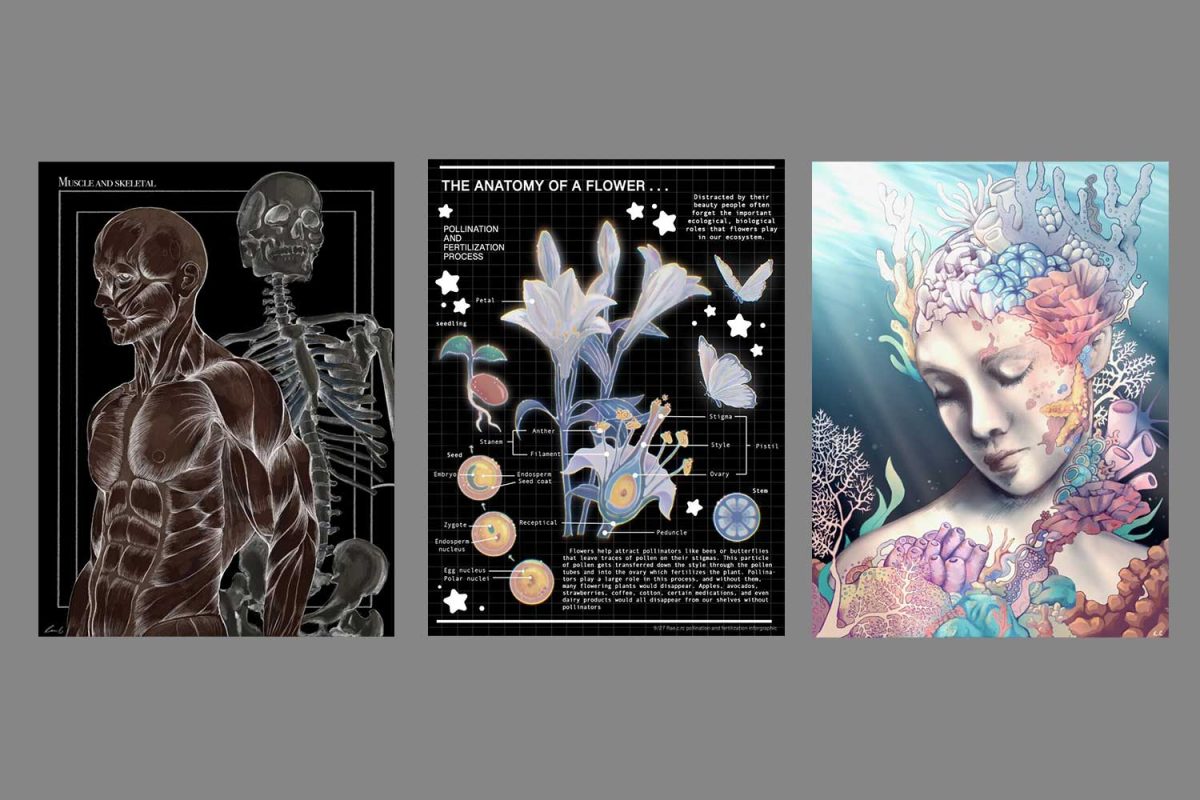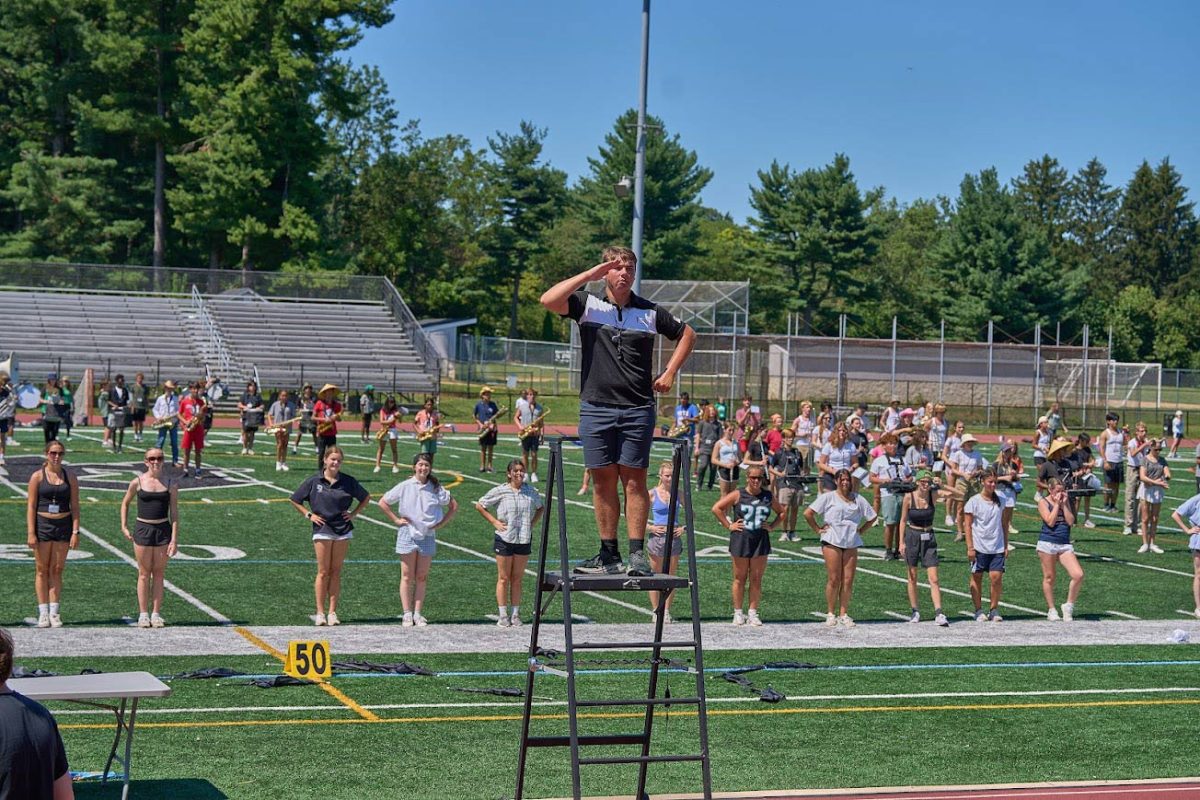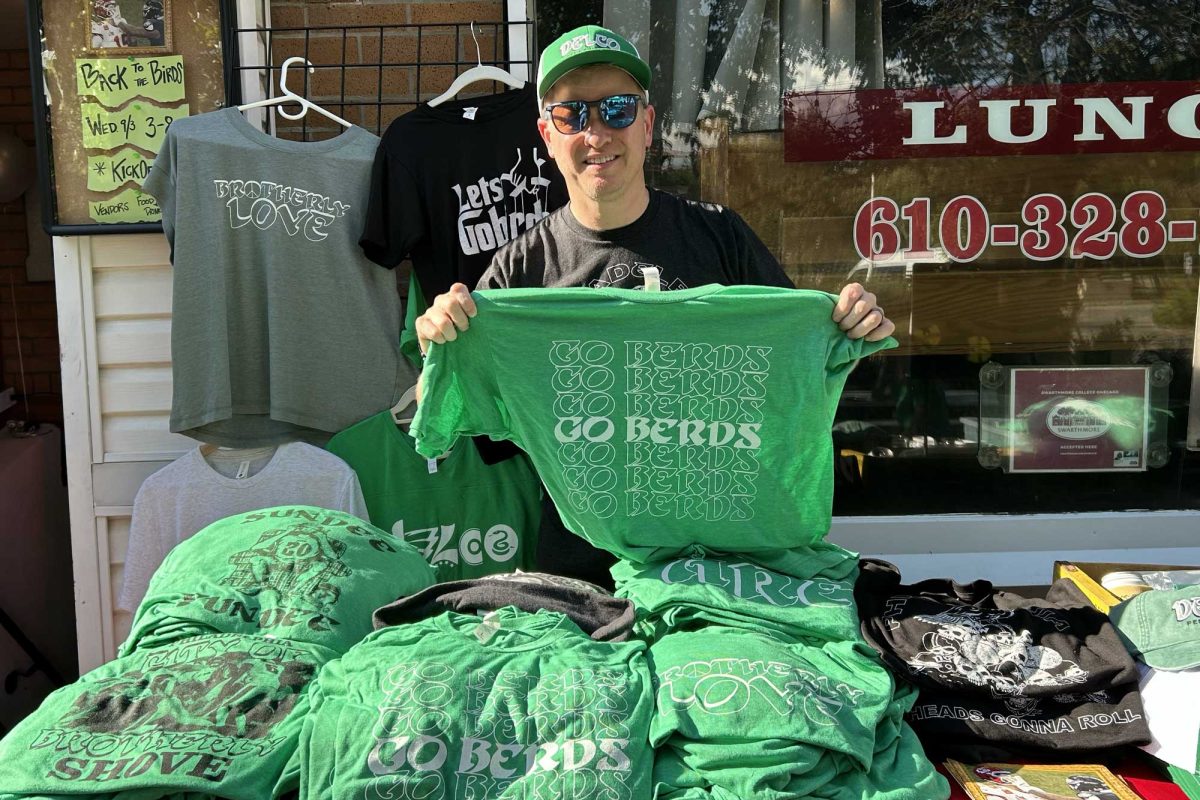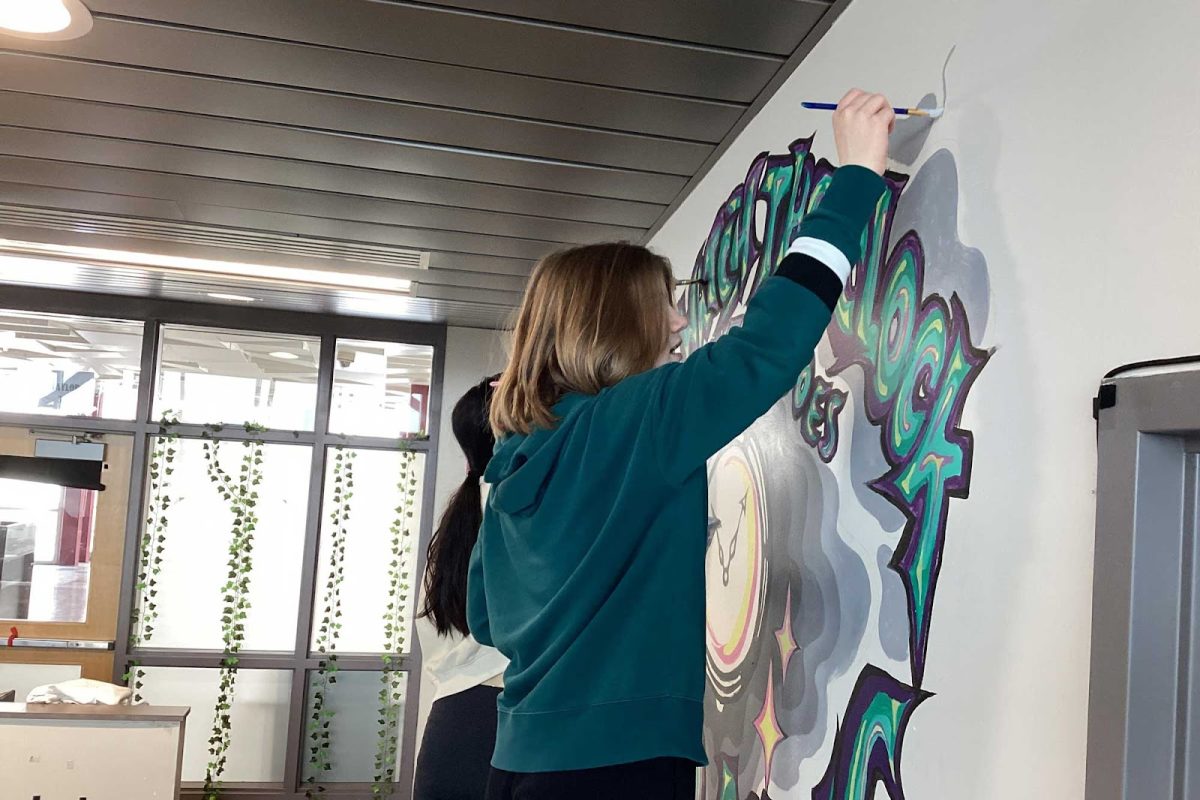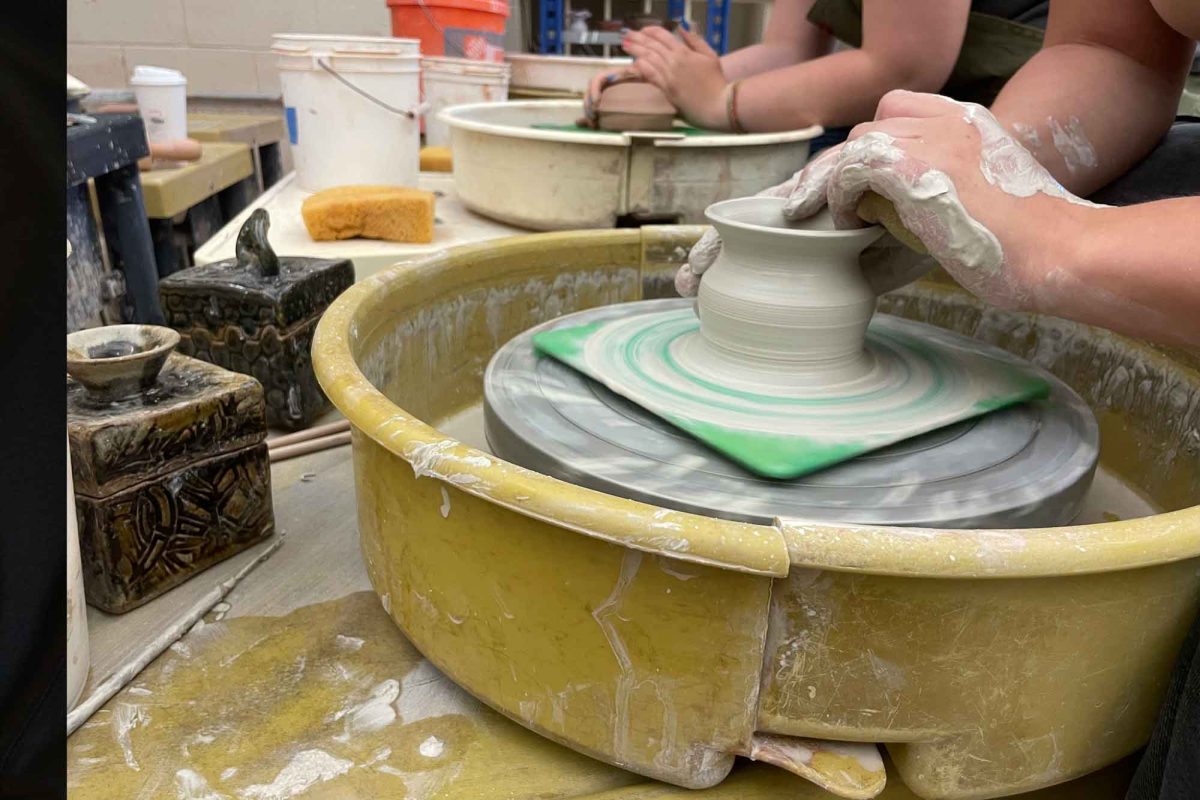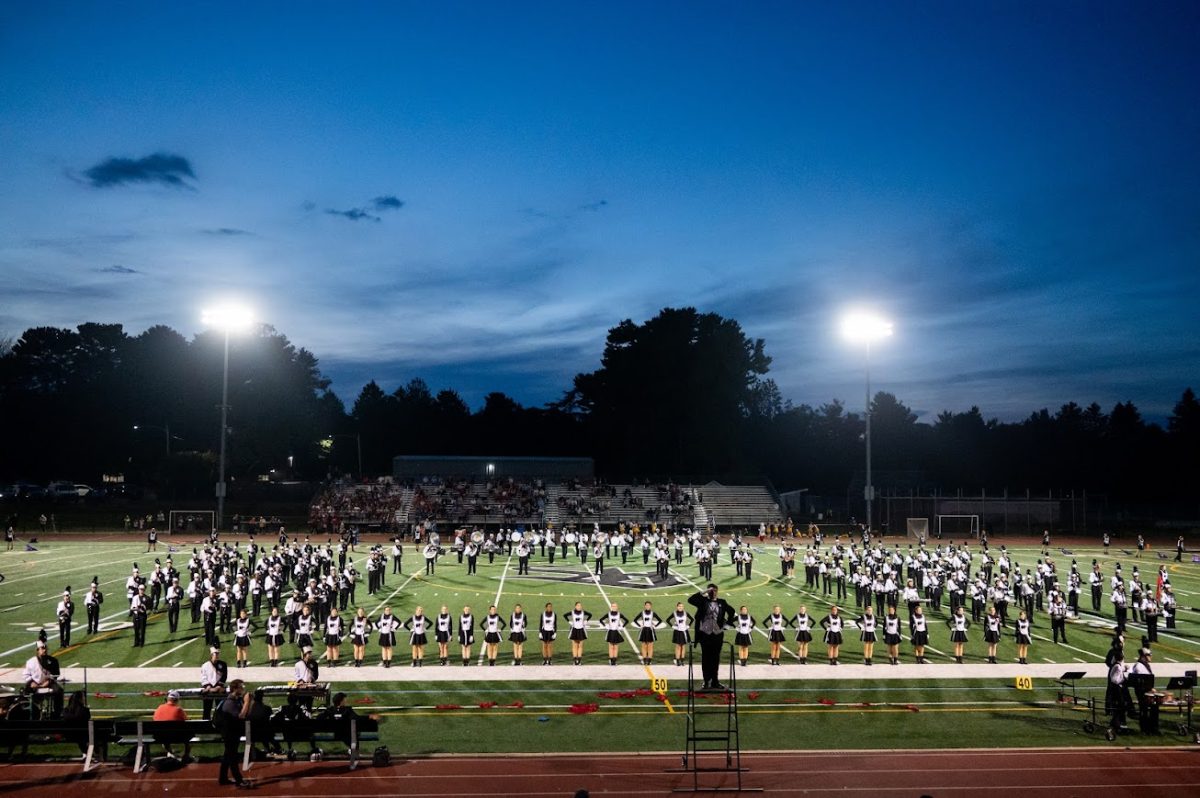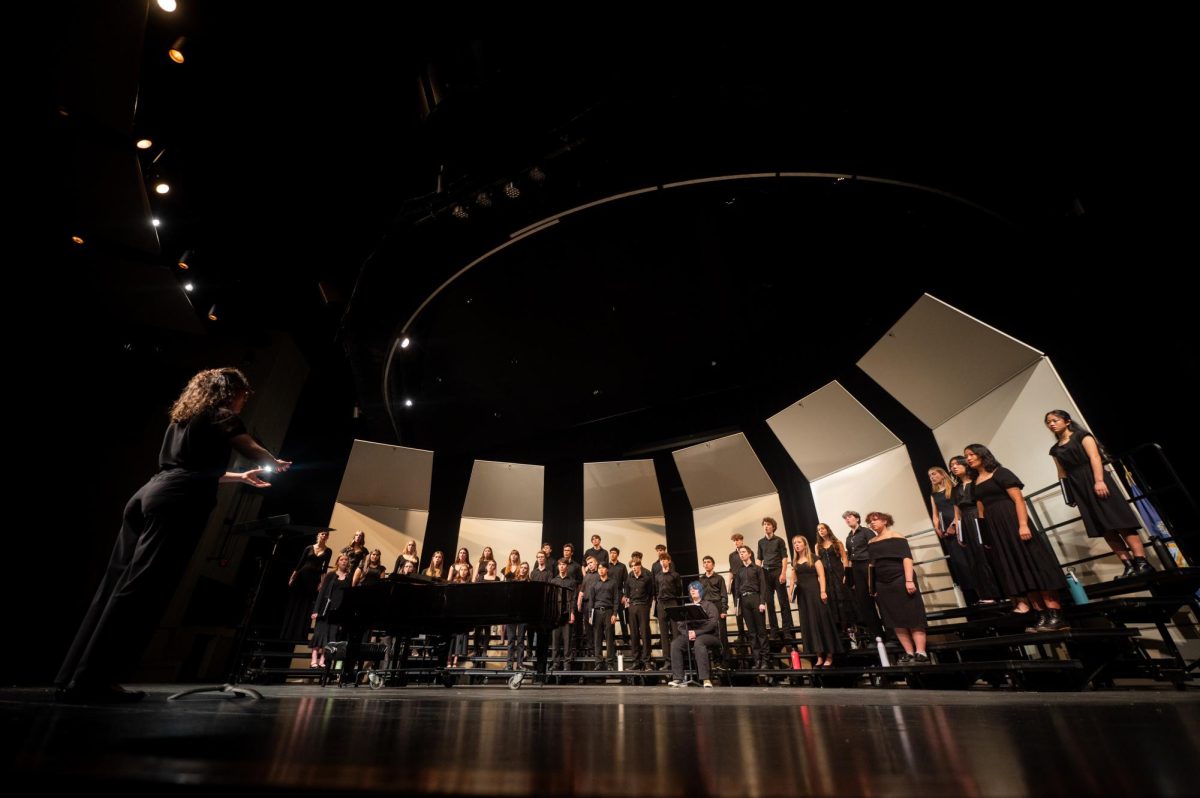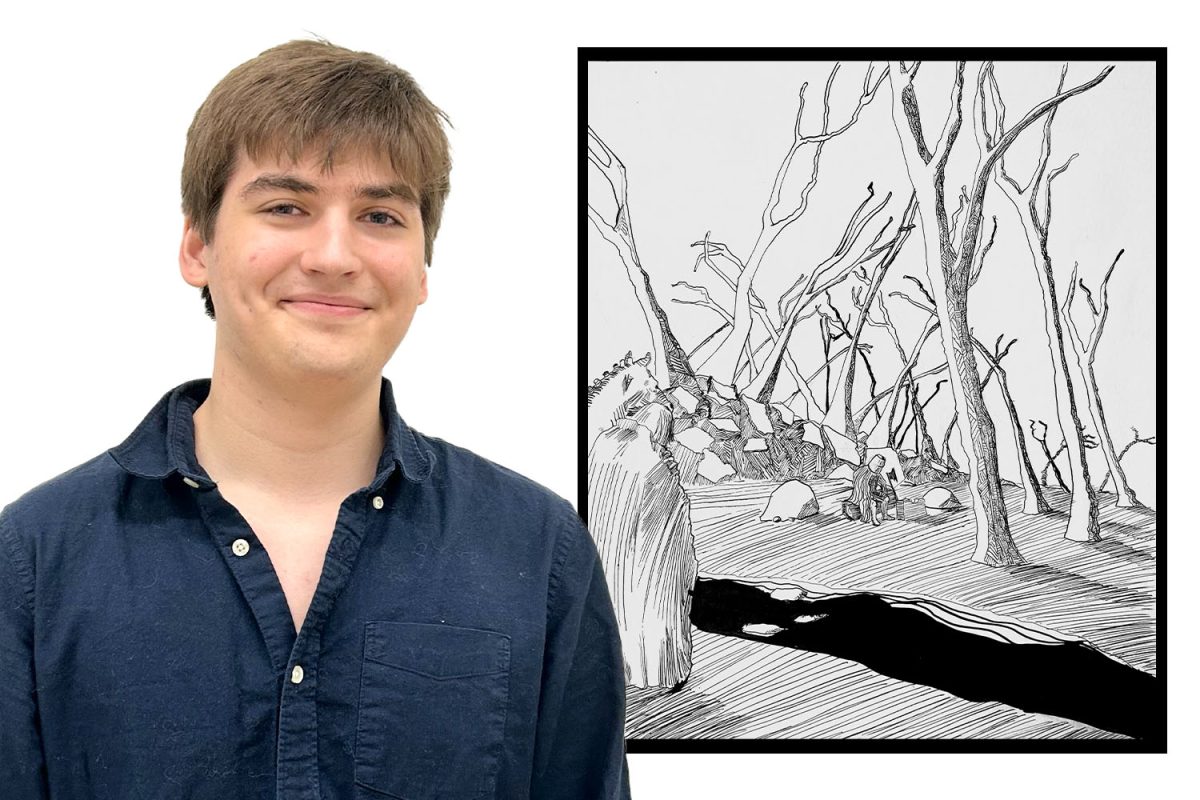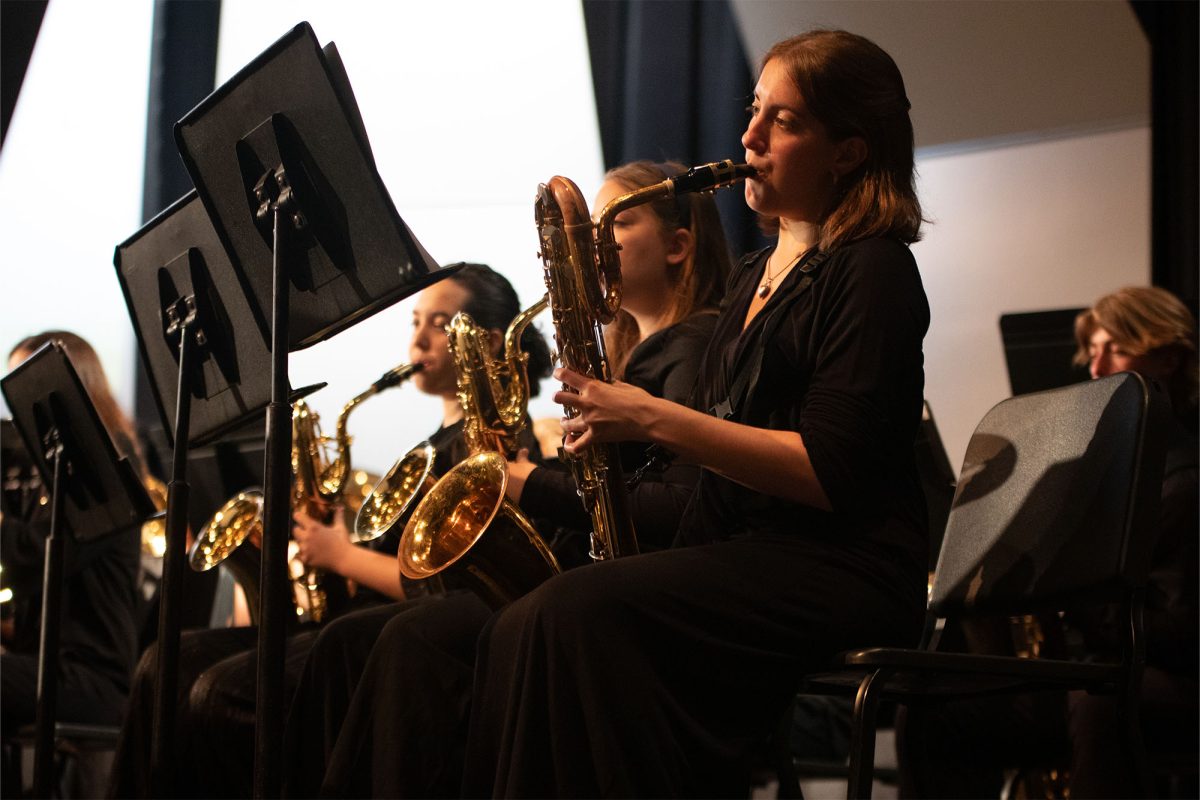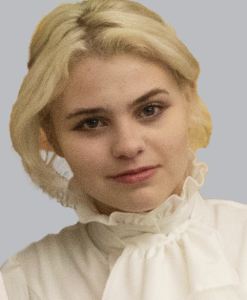
For senior Rae Caruso, combining her interests in biology and art in environmental illustration has allowed her to learn things about herself and the world around her, while also educating others.
Whether it is through her independent study with Ms. Kathleen Freeman or AP Art with Mrs. Jennifer Rodgers, Caruso has several outlets that allow her to take her interest in different directions. Specifically within her independent study, she was exposed to several aspects of scientific illustration.
“I actually learned quite a lot from each topic I drew,” Caruso said. “I did the muscle and skeletal system, which I learned about in anatomy, but drawing it out and all the research that went into that specific piece really ingrained that information into my brain. Or for example, I did pond organisms. I got to learn about all the little critters in the Strath Haven pond.”
For as long as she can remember, Caruso has always loved animals and spending time in nature, which is what initially piqued her interest in this form of art. However, it has taken lots of time and effort for her to get to where she is now.
“Since I’ve been drawing for so long, it started on paper and I would just sketch,” Caruso said. “Then, I got an iPad for Christmas one year, and I found Procreate. I started off with really poor drawings. But over time, practice and practice, they slowly got better. I still think there’s a lot of room for improvement, but I think I’m finally at that point where I’m starting to develop an actual art style.”
Illustrating scientifically is a unique and intricate form of art that Caruso practices and it requires a lot more work than what meets the eye.
“One of the things with scientific illustration that differs from art, in general, is that you have to have strong attention to detail,” Freeman said. “We think about scientific illustration as being before technology when field ecologists would go out, sketch what they see, and then bring it back to try to identify species. The level of detail that is required of a scientific illustration artist is something I see in Rae.”
Not only has Freeman seen Caruso’s dedication shine through her art, but her hard work is apparent to Mrs. Rodgers as well.
“She is always seeking ways to improve and will work tirelessly to get the technique down or to work with how to create value in contrast with layers of paint or layers on her tablet digitally,” Rodgers said. “And that all just comes from the practice that she does. It’s sort of this constant reworking and revising, which I think speaks a lot of her work ethic as an artist who continually wants to grow and learn and improve.”
As with any form of art, environmental illustration can be challenging at times, but Caruso encourages those with a passion like hers to keep working at it despite any difficulties.
“Try different approaches, try different ways,” Caruso said. “ Because you’ll get there. It may not be the best originally, but if you keep doing it, you’ll be able to draw. That’s just how it works. Speaking from lots of experience, people often say I have great talent. And I’m like, ‘It’s not talent, it’s practice.’ You really have to put in the effort.”
Caruso’s passion is fueled by the knowledge she gains by studying her surroundings, and her goal is to pursue some aspect of it in the coming years.
“I’m not exactly sure what I want my career path to be, but I definitely want to incorporate some form of scientific illustration. I love doing it and I hope I can do something more biology-related in my future,” she said.



